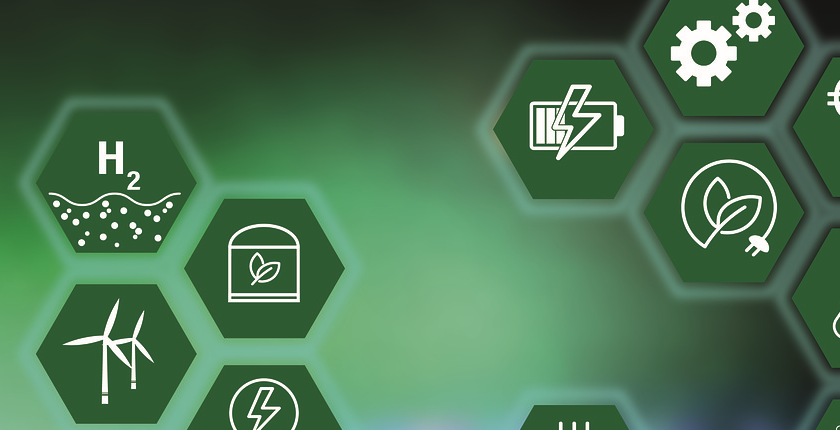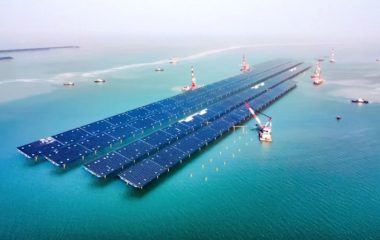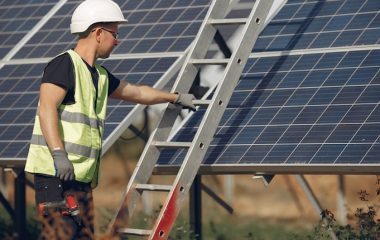
Photo: akitada31 on Pixabay
Greece presented the long-awaited revision of its National Energy and Climate Plan (NECP) today. It is envisaged as a vehicle through which a 55% drop in CO2 emissions would be achieved, alongside a renewable penetration of 80% in the electricity mix by 2030.
The new National Energy and Climate Plan (NECP) is a significant step forward in the country’s energy transition, since it targets 28 GW of renewables by 2030 compared to 19 GW under the previous plan, plus 8 GW of energy storage, up from 3 GW previously. The document will be submitted for public consultation.
Greece aims to be among the first to submit its NECP to the EU
More specifically, the target for onshore wind power was held at 7 GW, with 2.7 GW of offshore wind added on top. For hydroelectric plants the goal is set at 4 GW with 600 MW of new projects. There is also 500 MW from biomass, biogas and geothermal energy. Most of renewable energy capacity is expected to come from photovoltaics, with a goal of 14.1 GW versus 7.7 GW under the previous plan.
Minister of Environment and Energy Kostas Skrekas said Greece aims to be among the first countries to submit its NECP to the European Commission for evaluation.
Storage gains a huge boost
The government is counting on mass-scale energy storage to facilitate the energy transition. The ministry proposed to increase the target for long-term storage (pumped hydropower) for 2030 by 1.1 GW to 2.5 GW.
Batteries are expected to reach 5.6 GW. They include all three segments – on-grid units, batteries plus renewables and batteries in consumer installations.
Hydrogen is expected to play a role for the first time, with 1.2 GW in electrolyzers.
Skrekas: Actions were evaluated according to their economic effects
The plan foresees a 6.2% drop in electricity demand by 2030 from 2020, while the goal for natural gas power plants remains at 7 GW. However, it is notable that natural gas consumption in the country is expected to be reduced from 70 TWh in 2021 to 36 TWh. Overall power production capacity is seen rising from 20 GW to 36 GW.
Last but not least, renewables for the purpose of heating and cooling also got a boost under the new NECP. The share was lifted from 42% to 47% for buildings, while in transport green energy is projected to reach 32%, compared to 19% previously. The document foresees EUR 642 million to be invested annually for the renovation of buildings.
The NECP’s goals per technology are shown in the following graph:

“Every action has been evaluated according to its economic effect on the economy. Some actions may be more costly than others, however they have a high added value and therefore they were included in the revised NECP,” Skrekas pointed out.
Long-term goals for 2050
Apart from the 2030 goals, the new NECP also sets targets for 2050 with the hope of almost complete decarbonization.
Photovoltaics are expected to reach 34 GW, while onshore wind would be at 10 GW and offshore wind at 17 GW. The capacity of natural gas–fired power plants is seen dropping to 5 GW.


















I came across this article and I would like to know; what does the GW stand for?
Thanks
Gigawatt
Where can the draft of the new NECP be found on the internet? Many thanks.
Where can the draft of the new NECP be found on the internet? I come across only the 2019 version of the NECP with the previous targets.